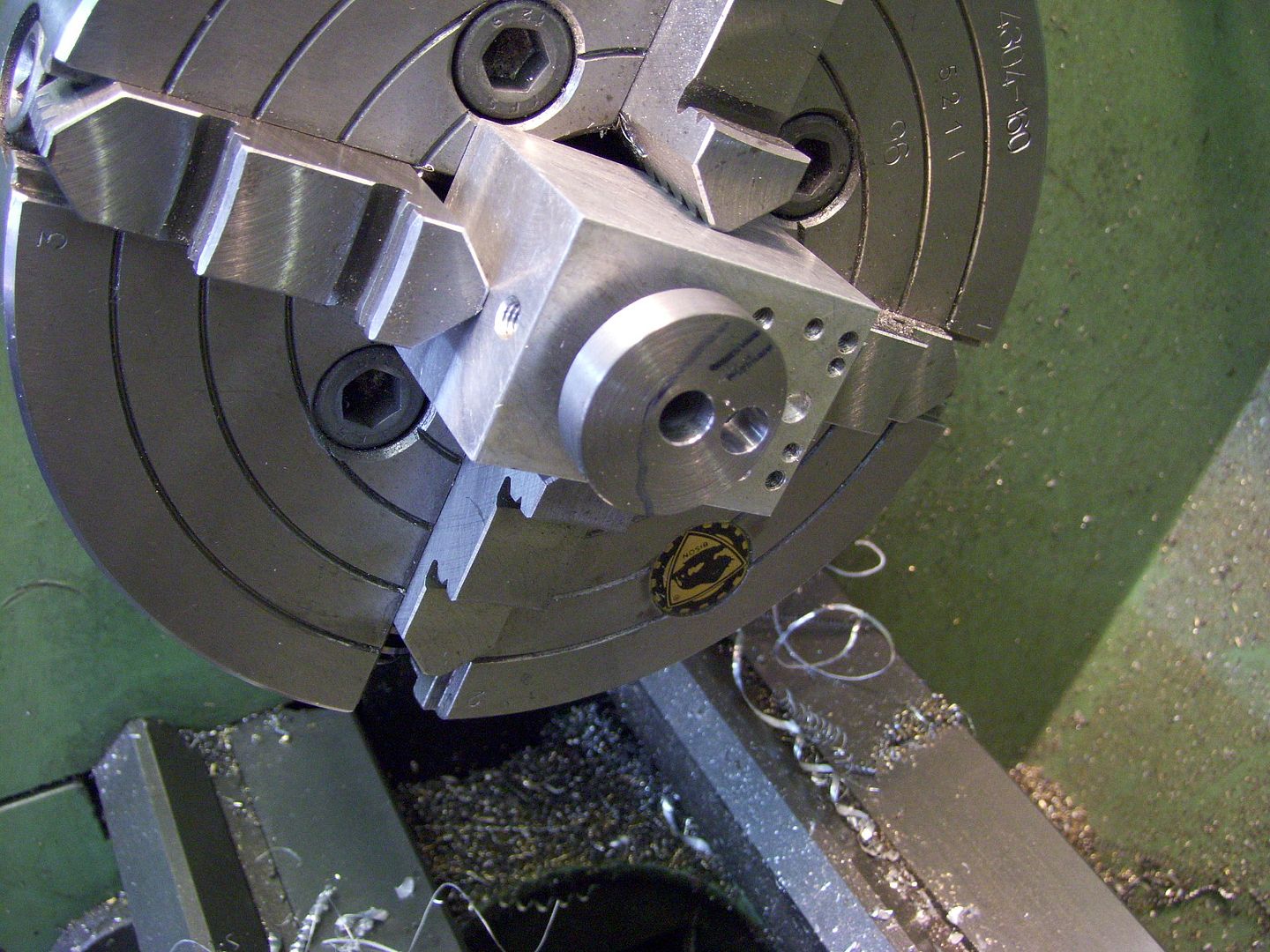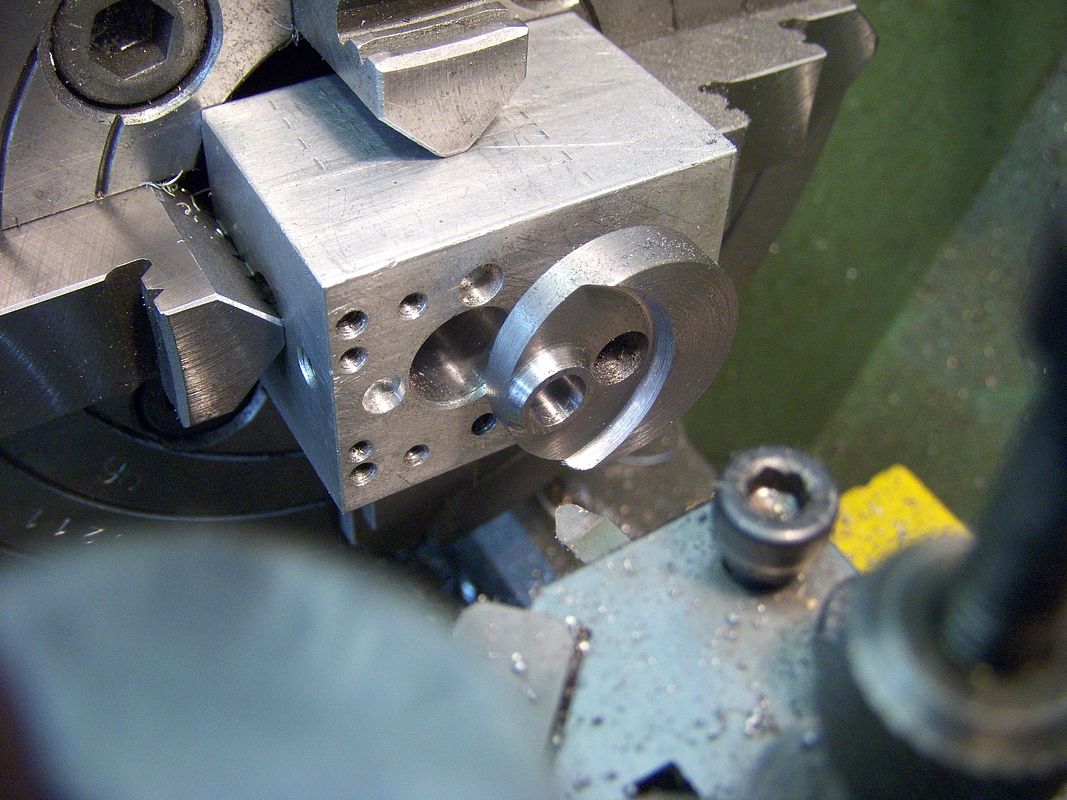- Joined
- Jan 30, 2011
- Messages
- 365
- Reaction score
- 72
Peter - Next to bad deformation marks on screw on cylinder heads where the wrong tool has been used for removal I don't think there is anything worse that offends my eye as much as seeing plier teeth marks on a prop driver !! Most collet types will ease with heat - I use a heat gun as opposed to a torch - but some just won't budge so I'm with you all the way using a puller. As I thought, it seems then the holes 'for the use of' are in much larger engines than I have handled.
The worst type of driver fittting in my view is the straight knurled shaft - the driver 'graunched' on and a devil to remove without loss of tightness when refitting.
Only engines I know with a flat on the shaft Jason are OS - that's not an OS in Peters image I recognise straight off - are there other manufacturers using that method? Thunder Tiger perhaps
Greg - Had some real problems at first but finally managed to get on Adrians site - fully up to date with the VIKHR
Just found some still sealed Hoffman bearings too
Tug
The worst type of driver fittting in my view is the straight knurled shaft - the driver 'graunched' on and a devil to remove without loss of tightness when refitting.
Only engines I know with a flat on the shaft Jason are OS - that's not an OS in Peters image I recognise straight off - are there other manufacturers using that method? Thunder Tiger perhaps
Greg - Had some real problems at first but finally managed to get on Adrians site - fully up to date with the VIKHR
Just found some still sealed Hoffman bearings too
Tug



























































![DreamPlan Home Design and Landscaping Software Free for Windows [PC Download]](https://m.media-amazon.com/images/I/51kvZH2dVLL._SL500_.jpg)































